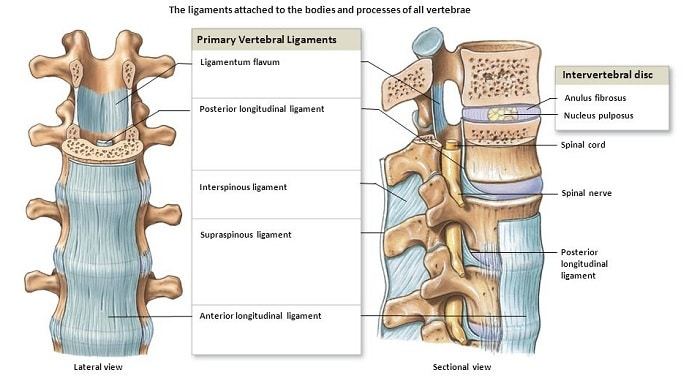
If you’re doing the most popular lower back stretches for pain relief, then after reading this article you’ll understand why this is causing more harm than good, even though it feels good.
I’d say I encounter someone who mentions they have low back pain at least once every two weeks.
It typically goes like this:
First, we get chatting and they inevitably ask what I do.
I often reply with something like, “I’m a trainer that helps people eliminate pain and improve mobility.”
“Oh yeah? I just hurt my back.”
After they tell me this, instead of asking for my thoughts they usually go on to demonstrate what they like to do when they tweak their low back, which typically involves stretches like toe touches and spinal twists.
These movements are both common static stretches that you can easily find when searching for low back stretches or exercises and that are even still prescribed by rehab “professionals” when presented with low back pain.
Unfortunately, these common lower back stretches are insidiously causing more harm than good.
The reason why I use the word insidious is because after doing these stretches, low back pain is often diminished, leading the person to believe that these stretches are the key to solving the low back pain puzzle.
But once you understand something called the “gate control theory of pain”, how static stretching influences it and the long-term effects of static stretching, you’ll stop stretching whenever you get low back pain.
Why You Must Stop Lower Back Stretches for Pain Relief
In summary, static stretching helps you feel better when you’ve got low back pain because it can “numb” pain perception via the mechanisms outlined in the gate control theory of pain. [1]
However, the problem is that static stretching puts stress on the ligaments and intervertebral discs, which are the tissues most commonly damaged or tweaked in a case of low back pain.
So static stretching is like stubbing your toe super hard to try to decrease pain, when you hurt it by stubbing it in the first place – you’re recreating the mechanism of injury, which will just lead to more pain down the line.
Now that you know why you shouldn’t perform static stretches for the low back when you tweak it, you might be wondering what to do instead?
In short – stability exercises.
The reason why you should do stability exercises for the low back when you tweak it is four-fold:
- By exercising the muscles around the affected area, you’re taking advantage of the same mechanism to diminish pain that stretching does (closing the pain gates).
- You’re working muscles whose weakness or dysfunction contributed to the problem in the first place.
- If you have low back muscle spasms, exercising the muscles is the best way to eliminate them without causing more damage.
- Your brain tenses the muscles up to prevent movement and further damage, so by working the stabilizer muscles you’re telling your brain, “The muscles are all working properly, so you don’t need to lock everything up. I’ve got this!”
The Damage Control Routine for Acute Low Back Pain
Here’s a simple little routine (I go into more detail on how to do the damage control routine and stop lower back pain in this blog post) that’s worked to get me from doubled-over from low back pain to up and walking and even playing in a beach volleyball tournament. And it hasn’t just worked for me, but tens of thousands of others as well:
Low back pain is such a common symptom that I’m sure you know at least a few people who get it regularly and static stretching is the #1 thing most people do when they tweak their back. (If you get low back pain when coughing, I have another article for you that will teach you some simple postural adjustments to help prevent that.)
Because of this, I’d like to ask you to please SHARE this post with your friends and family because you’ll be helping those you care about better understand low back pain and empower them to do the right things instead of blindly follow dogma that’s causing more harm than good.
Thanks and here’s to moving freely and without pain!



